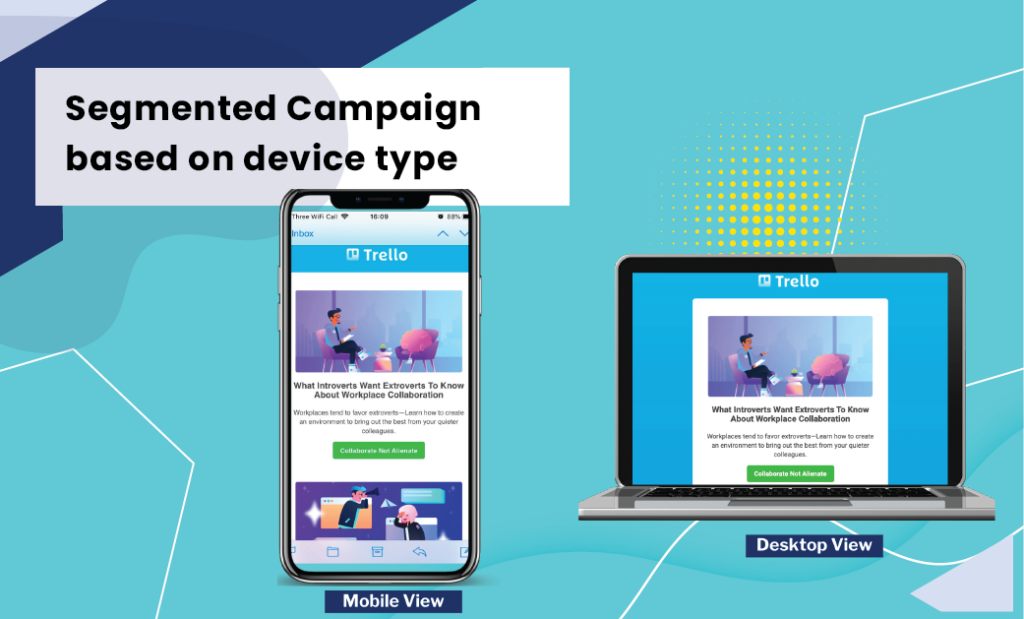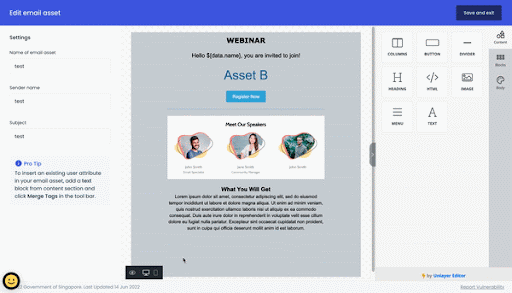Deliver more relevant content through Email Segmentation
Gone were the days where “one size fits all” is applicable, citizens now expect customised experiences! By segmenting your content, you can send personalised emails that are more relevant to them, and can cater to their needs better! For example, serving newlyweds or couples with newborns with the latest articles about the Baby Bonus Scheme or serving the elderly with more digital literacy content.
Contents
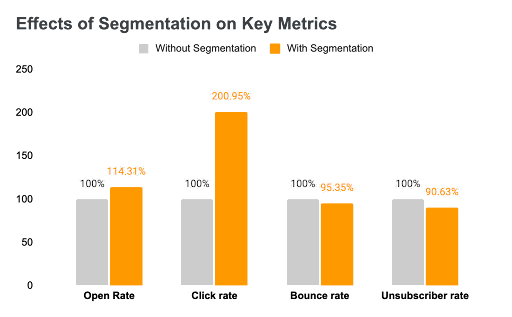
So how can you reach out to your users better? Here are some best practices for you!
1. Create user personas: It is important to understand your users’ different needs, goals and motivations to make better decisions when crafting messages and deciding on which marketing channels to market through. For example, a working adult aged from 18 to 34 years old may have little motivation to exercise due to their working lifestyles and increased screen time, compared to married couples aged above 34 years old who may be more family-oriented and would prefer to exercise with their families. There would then be 2 user personas based on these characteristics and 2 different marketing strategies.
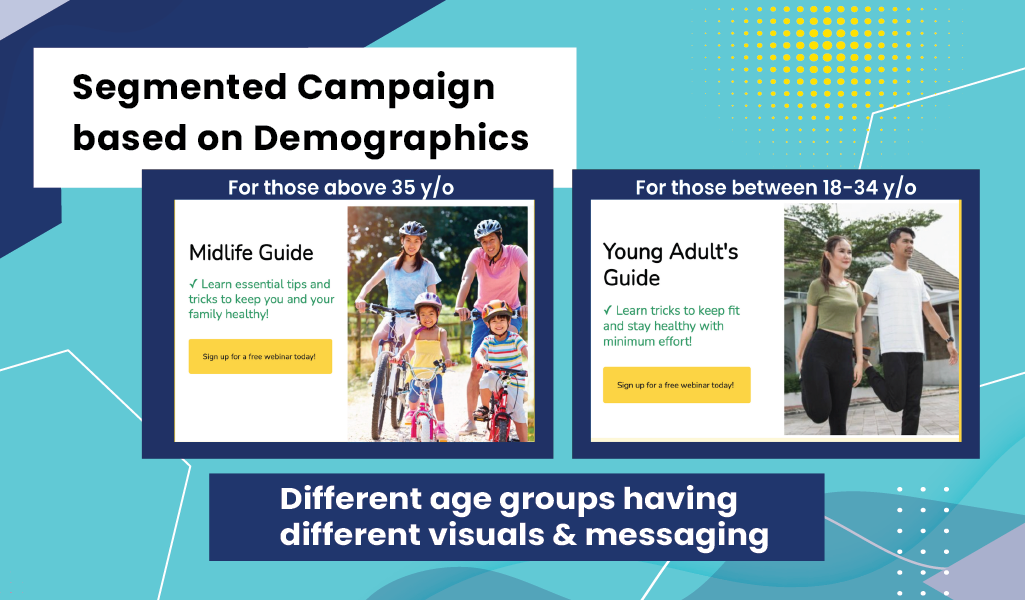
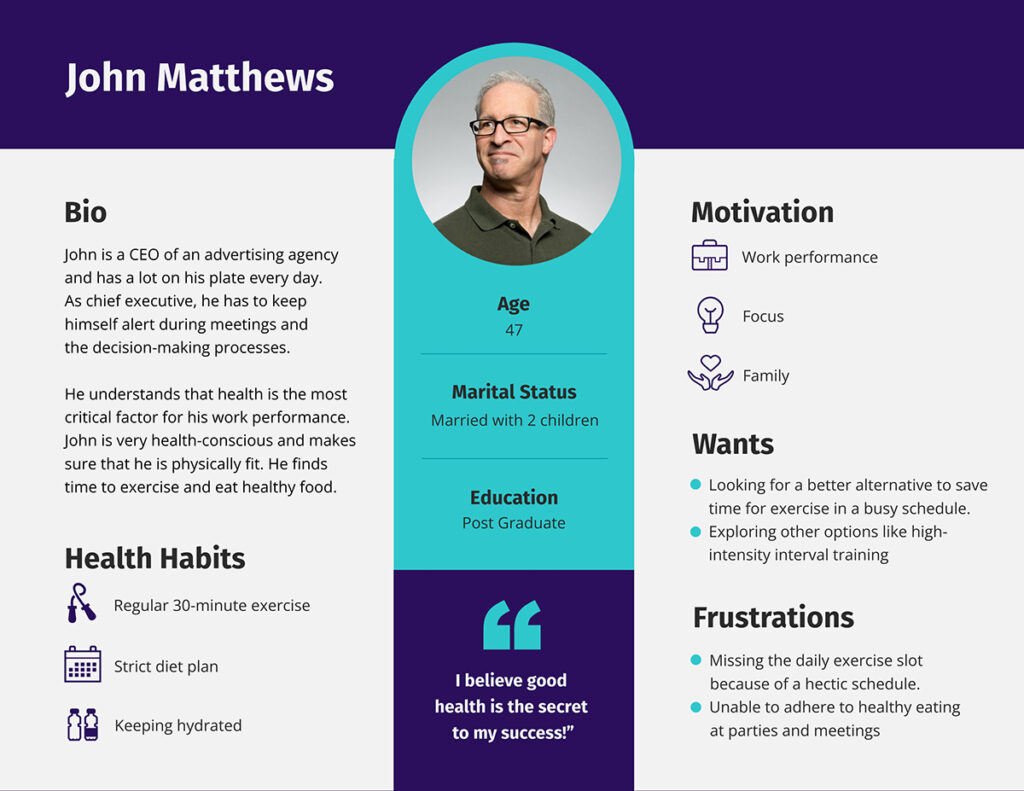
With Personalise’s Editor tool, you are able to preview your design according to which device you want your asset to be viewed on.
